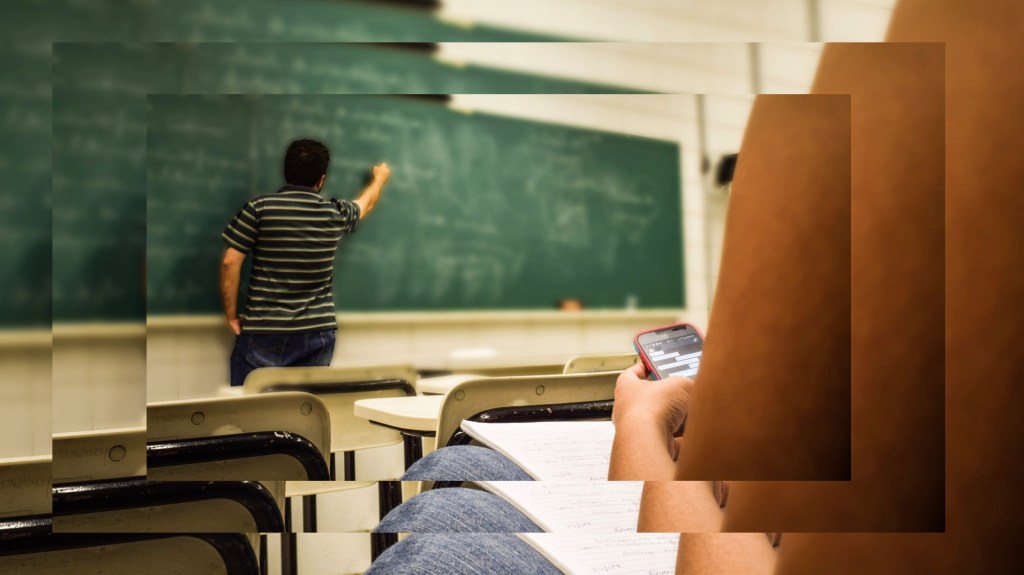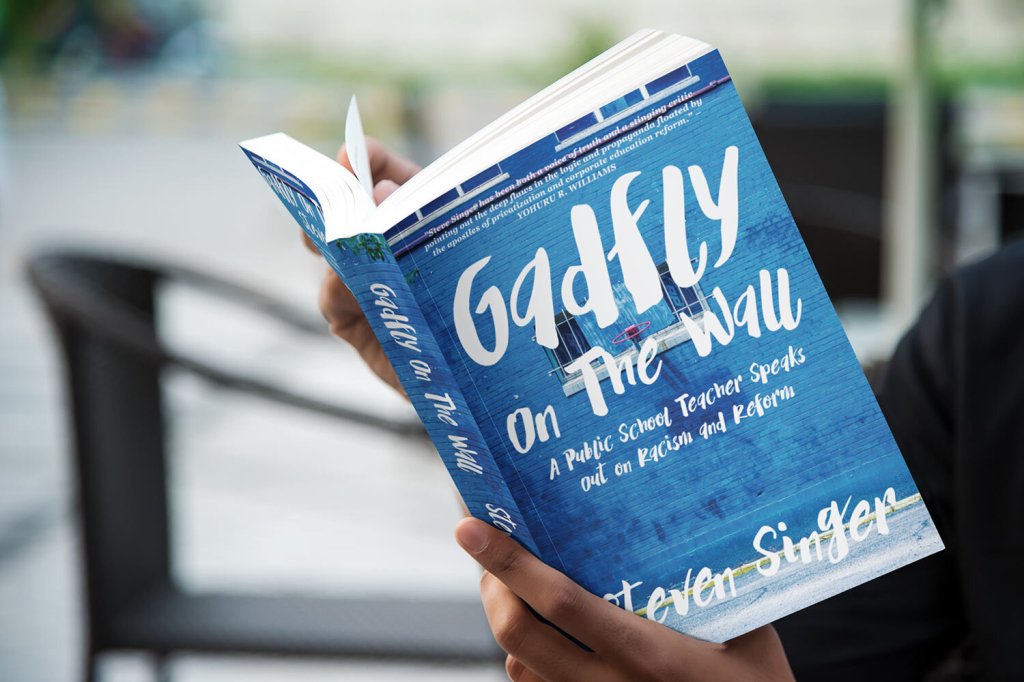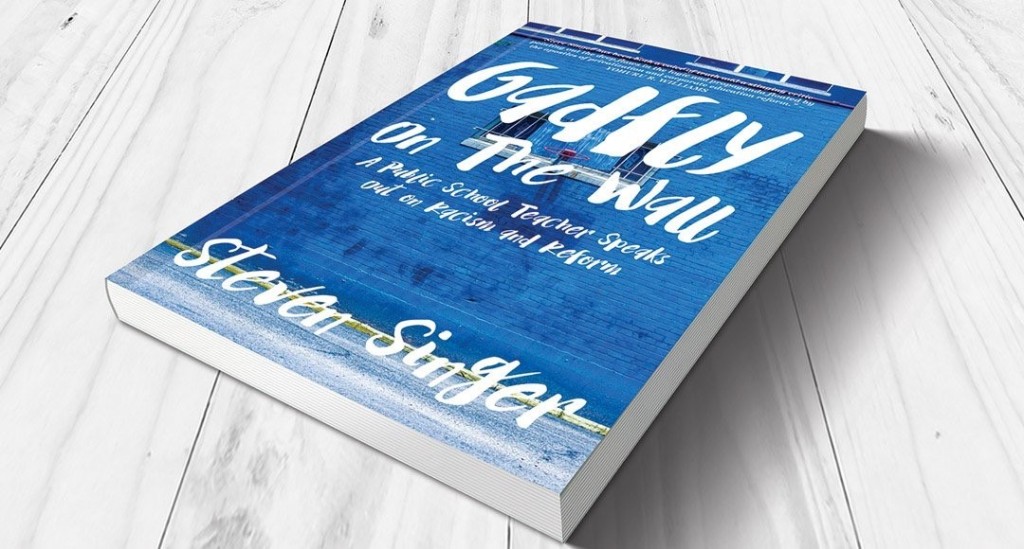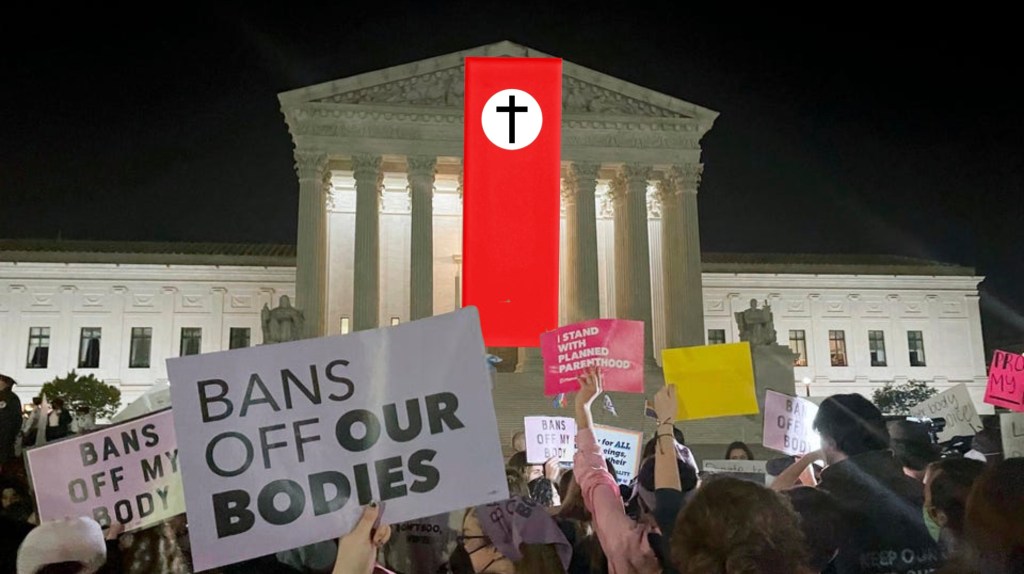
I got an email from my state representative the other day, and what did I see?
A picture of my smiling elected representatives to both the state House and Senate giving a check for almost half a million dollars to local private and parochial schools!
What the beach sludge chewing GUM!!?
Public schools in my home state of Pennsylvania just took the Commonwealth to the state Supreme Court and won because it wasn’t providing fair funding to students. And now my representatives are offering a novelty oversized check to religious schools and private sector academies!?
This would be bad enough if they were Republicans who run their campaigns against public education and support only free market solutions to everything and White Christian Nationalism in all its forms.
BUT THESE ARE DEMOCRATS!!!!!!!
Democrats who somehow think that tromping onto the bleachers at Cornerstone Christian Preparatory Academy with a fistful of our tax dollars is a good photo opportunity!!!!?
They think this is what they should share with constituents to show all the good work they’re doing!!!?
Stealing our public tax dollars for schools that we have no business funding while our own schools that serve every child in the state go wanting!!!!!?????
The email was from State Rep. Matt Gergely of McKeesport who just took office in February. Here’s the message from under the photo:
“Yesterday, I was honored to help present $465,000 in scholarship funds to many students enrolled in the Educational Improvement Tax Credit Program. Congrats and best of luck to all who will surely benefit from the scholarships that will be provided!
Big thanks to U.S. Steel and the Bridge Foundation for making these dollars a reality, to Sen. Jim Brewster for his continued collaboration, and to Cornerstone Christian Preparatory Academy for hosting the presentation.”
The Educational Improvement Tax Credit (EITC) was created in 2001 by Republican Gov. Tom Ridge. Here’s how it works.
If you expect a tax bill of $X at the end of the year, you can donate that same amount to the state for the purpose of helping parents pay off enrollment at a private or religious school for their children. Then you get between 75-90% of that donation back.
So if your tax bill is $100 and you donate $100, you can get back $90 – reducing your total tax bill to a mere 10 bucks.
Heck! Since this money is classified as a “donation” you can even claim it on your taxes and get an additional refund – even to the point where you end up making money on the deal! Pennsylvania even allows a “triple dip” – so you get the EITC tax credit, a reduction in your taxable income, and a reduction in your federal taxable income. We actually pay you to shortchange us on your taxes!
Now I’m oversimplifying a bit since you can only use the EITC for up to $750,000 a year, but it’s still a sweet deal for businesses. It just really hurts nearly everyone else because it reduces the state’s general fund – by up to $340 million a year.
So why doesn’t the state just budget this amount of money directly to religious and private schools instead of ransacking the general fund after businesses donate it to the tax incentive program?
Because it’s illegal to give taxpayer dollars to religious and private schools. The establishment clause of the First Amendment forbids it.
The founders of our country didn’t want a state religion with schools teaching theological propaganda like we had in Great Britain. Moreover, they demanded tax dollars be spent with accountability to the whole public – something you cannot do in a private or religious school which isn’t set up for everyone but only those who choose and can afford to go there.
However, some nefarious character in the Ridge administration (the Governor was pro-school-voucher but couldn’t get the policy passed in the legislature) thought up a loophole. He said that if tax money is turned into a tax credit, it’s no longer tax money and it doesn’t violate the rules to spend it on religious and private schools.
So this is a fiscal sleight of hand meant to give businesses a tax break while boosting private schools.
However, there’s an even more important reason they don’t call these things school vouchers. That term is extremely unpopular with voters.
People don’t like school vouchers. But if you call it a “scholarship,” it’s more palatable. For instance, while school vouchers are mostly supported by Republicans, a substantial number of Democrats support education tax credit scholarships.
I live in Allegheny County in the Pittsburgh region – the second highest area of the Commonwealth for these tax dodge…. I mean credits. The other is Philadelphia.
Defenders of the project claim this money goes to fund “scholarships” for poor children to help defray the costs of enrollment at these schools.
However, a family making as much as $100,608 per year can qualify for an EITC scholarship for their child. A family with two children could make up to $116,216 and still qualify.
According to the law, the state is not allowed to collect income information about people using these vouch… I mean tax scholarships. However, we know that a significant number of them are being utilized at private schools with average tuitions of $32,000 – far more than the few thousand dollars provided by the scholarships. They are apparently being used by wealthy and middle class students who can already afford private schools but are using public tax dollars to reduce the cost. I wonder how many already go to these schools before even taking the scholarship.
Consider this: one of the largest single recipients of this money in Allegheny County is the exclusive Shady Side Academy in Pittsburgh where tuition ranges from $56,495 for boarding students and $32,995 for day students. The private secular school takes in around $1 million annually from this program so that its wealthy students don’t have to spend as much on enrollment.
So we are subsidizing the rich.
And we are robbing the poor to do so.
Even worse we’re using public money to fund the teaching of climate denial, creationism, indoctrination in religious and political ideologies!
The state Budget and Policy Center estimates that about 76% of these “scholarships” go to religious schools. Many of these educational institutions are explicitly fundamentalist. This includes the 155 schools in the Association of Christian Schools International (ASCI) where they boast of “the highest belief in biblical accuracy in scientific and historical matters.” It also includes at least 35 schools in the Keystone Christian Education Association.
And you don’t even have to be a business to divert your tax dollars into the program.
The largest and shadiest group donating to the EITC Program are Limited Liability Corporations (LLCs).
These “special purpose entities” are set up to represent individual donors so they can more easily divert tax dollars to private and parochial schools.
LLCs represent hundreds of individuals who allow the LLC to donate on their behalf and then they get the tax credits passed back to them. It’s a way to encourage the wealthy to get the tax cut and support school privatization without all the hassle of doing the paperwork themselves.
And most (if not all) of these LLCs are set up by religious organizations to boost their own parochial schools!
For instance, Business Leadership Organized for Catholic Schools is perhaps the largest LLC receiving EITC funds.
In Allegheny County, the largest are CASTA-SOS LLC and Pittsburgh Jewish Scholarship LLC.
CASTA was set up by the Catholic Diocese of Pittsburgh. Pittsburgh Jewish Scholarship benefits Jewish schools in the city.
Bridge Educational Foundation, a Harrisburg-based scholarship organization, operates the same way. On its Website, the organization claims to have provided $1,000 scholarships to more than 32,000 students in 61 state counties.
I just cannot understand why Gergely and Brewster are not only supporting this program but think that it will generate good will among voters.
They should be fighting to end this gaping hole in the state budget. They should be out there working their butts off to get adequate, equitable and sustainable funding for our public schools – not sitting on their butts congratulating themselves for helping religious and private schools get away with our hard-earned money!
Like this post? You might want to consider becoming a Patreon subscriber. This helps me continue to keep the blog going and get on with this difficult and challenging work.
Plus you get subscriber only extras!
Just CLICK HERE.

I’ve also written a book, “Gadfly on the Wall: A Public School Teacher Speaks Out on Racism and Reform,” now available from Garn Press. Ten percent of the proceeds go to the Badass Teachers Association. Check it out!
















